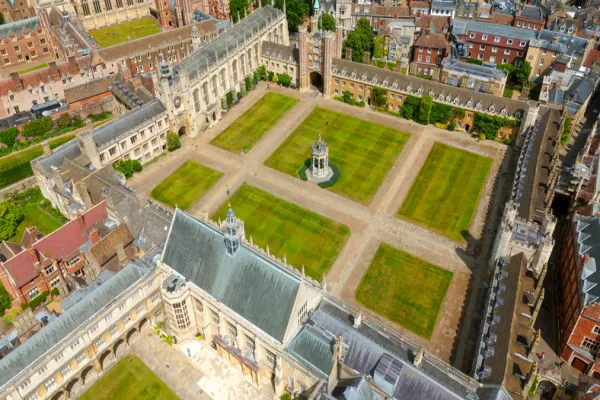The conventional wisdom on Bitcoin treasury companies that make holding BTC their primary business is that they’re just clever public-market arbitrages. They’re levered bets on digital gold wrapped in corporate paper. But to believe that take is to miss the forest for the trees. These firms aren’t short-term trades. They’re the seed stage of the world’s next generation of endowments.
Consider how institutions like life insurers, pension funds, sovereign wealth funds, and university endowments power the machinery of capitalism. They fund bridges, ports, power plants, and roads. They make the long-term loans behind real estate, infrastructure, and private equity deals. They hold the risk on which venture capital is built.
What makes these institutions special isn’t just the size of their balance sheets; it’s the shape of them. They are built on permanent capital, and they don’t panic or sell at the bottom. They don’t mark to market every day. They have liabilities and obligations that span decades, enabling them to invest across the entire time horizon of human ambition.
Bitcoin is beginning to demand a similar institutional architecture. Once dismissed as a speculative asset or an ideological curiosity, it’s now a globally held store of value. Bitcoin is durable, borderless, and independent of state control. But for Bitcoin to fulfill its promise as more than just digital gold, it needs more than just holders. It needs builders. It needs firms that don’t just store BTC but allocate it with prudence, strategy, and duration.
Just as the dollar has its own capital markets, with treasury curves, corporate bonds, and syndicated loans, Bitcoin will also have its own. And just as the dollar has its own institutional allocators, Bitcoin will require a new class of endowment-like institutions. These won’t merely be speculative holders of BTC. They will be underwriters, lenders, insurers, and long-term stewards of Bitcoin-denominated wealth.
Life insurers in the fiat world are among the largest allocators of capital globally because their liabilities are perfectly structured to fund long-term projects. The same logic applies to Bitcoin, but legacy insurers can’t easily touch BTC, let alone hold reserves or liabilities in it. The regulatory, operational, and cultural gaps are too vast. That’s why new entrants are needed, not to bolt Bitcoin onto an old chassis, but to build something native from scratch.
Much of the early energy in the Bitcoin treasury space originated from public companies seeking to escape fiat debasement, with MicroStrategy being the most notable example. In the early days, it worked. However, merely holding BTC on your balance sheet is no longer sufficient. Multiples on NAV will compress as the novelty fades. Capital markets don’t reward you forever for buying early; they reward you for building something enduring.
That’s where the real game begins. In ten years, Bitcoin treasury companies will no longer be judged on how much BTC they hold, but on what they’ve done with it. Have they originated productive loans? Funded businesses? Underwritten risks? Built yield curves and credit markets?
The companies that take such action will become the endowments of the Bitcoin economy. They will be the institutions others trust to allocate capital with integrity and skill. Meanwhile, those that buy and hold will fade into irrelevance as yield-seeking BTC flows toward higher and better uses.
Bitcoin is a once-in-a-generation monetary innovation. But money, by itself, is inert. It’s what you build on top of it that matters. The world’s most powerful institutions were built on the long-term stewardship of capital. The same will be true in Bitcoin.
The era of speculative Bitcoin balance sheets is coming to an end. The era of institutional BTC balance sheets is beginning. And with it, the world is quietly watching the birth of a new class of endowments denominated not in dollars or euros, but in Bitcoin.
Zac Townsend is the CEO of Meanwhile, a BTC-denominated life insurer and asset manager building long-term financial infrastructure.






